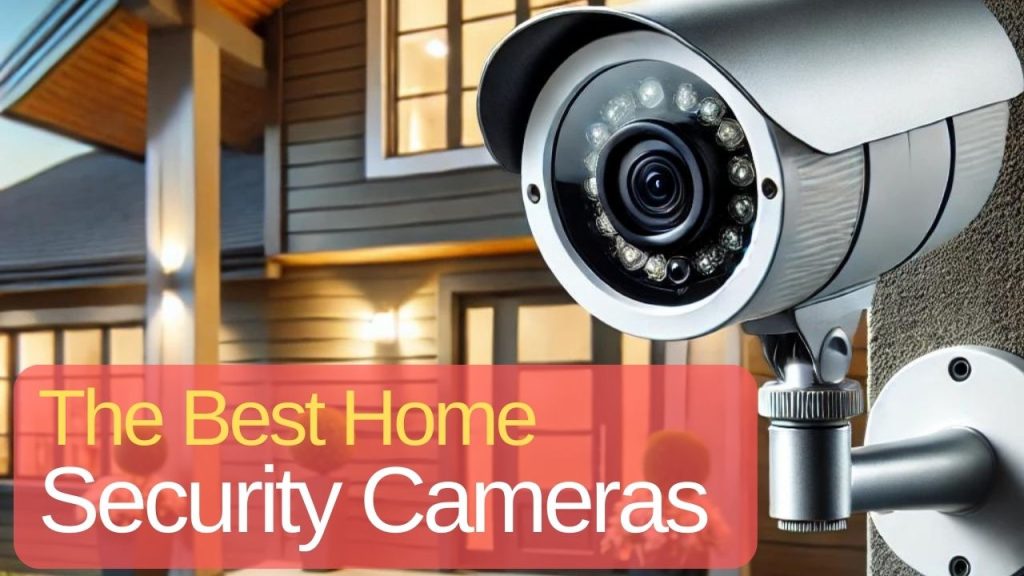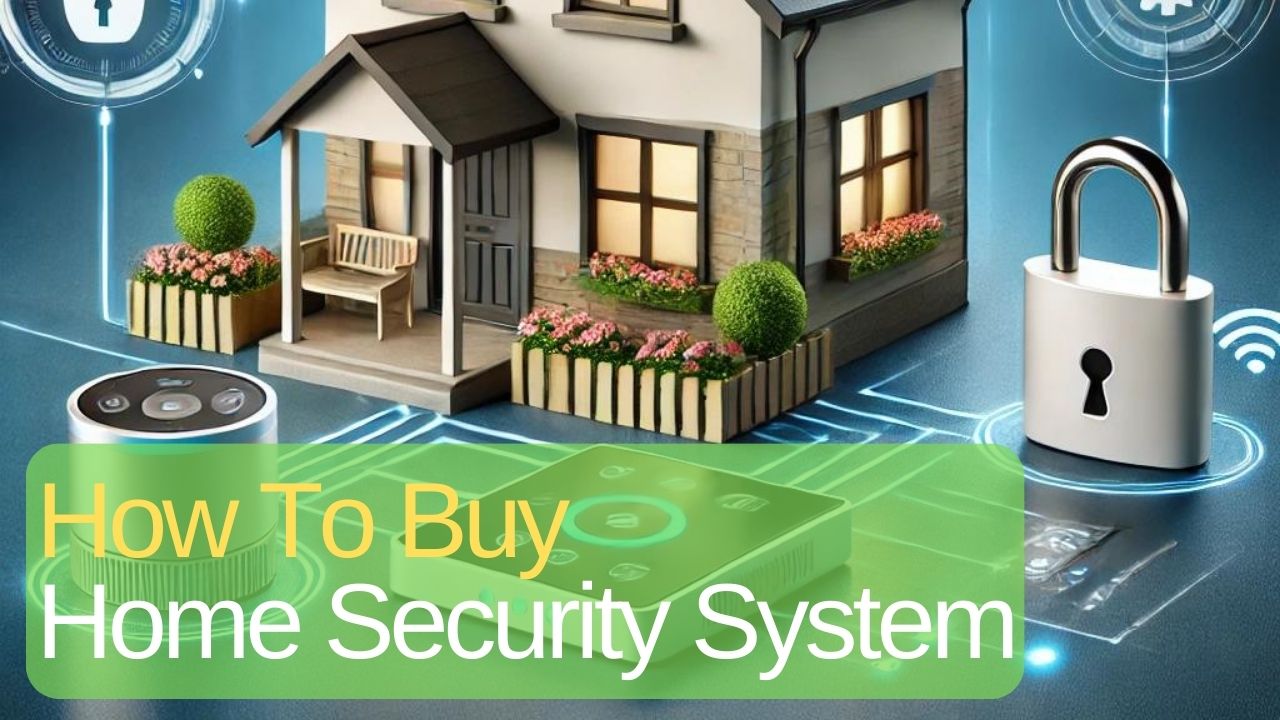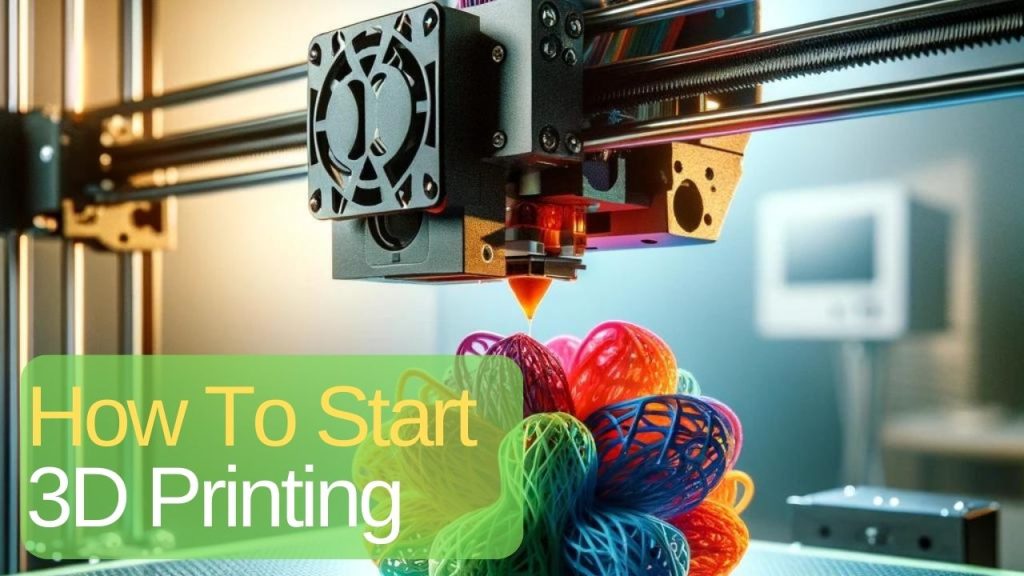Ensuring the safety of your home is more important than ever in today’s world. With rising concerns about security, investing in a home security system is a significant step towards protecting your loved ones and safeguarding your property. A reliable home security system provides peace of mind by deterring potential intruders and offering real-time monitoring.
Ourguide will walk you through the essential considerations and steps in purchasing a home security system, from understanding different types of systems to evaluating key features and making a final decision. By following this guide, you can make an informed choice that best fits your security needs and budget.

Types of Home Security Systems
When considering how to buy a home security system, it’s crucial to understand the different types available:
- Monitored Systems: These systems are connected to a monitoring center that alerts authorities in case of an emergency. They provide an added layer of security but come with monthly fees.
- Unmonitored Systems: These systems trigger a loud alarm that alerts the homeowner and nearby neighbors. They typically don’t have ongoing fees, but the response relies on those who hear the alarm.
- Wired Systems: Wired systems require the installation of cables throughout the home. They are generally considered more reliable but can be more expensive and difficult to install.
- Wireless Systems: These systems use Wi-Fi or cellular networks to communicate. They are easier to install and can be moved if you relocate, though they may be prone to interference.
Factors to Consider Before Buying a Home Security System
Before purchasing a home security system, evaluate these factors to ensure you choose the right one for your needs:
- Budget: Determine how much you are willing to spend upfront and on ongoing costs such as monitoring fees.
- Home Size and Layout: Larger homes may require more sensors and cameras. Consider a system that can scale with your needs.
- Neighborhood: Research the crime rates in your area to understand the level of security you might need.
- Lifestyle: If you travel frequently, a monitored system might be more suitable. If you have pets, look for systems with pet-friendly motion detectors.
Step-by-Step Guide on How to Buy a Home Security System
- Assess Your Security Needs: Identify vulnerable areas in your home and determine what type of protection you need.
- Research Options: Look into different brands and models. Pay attention to features, reliability, and customer reviews.
- Compare Features: Consider what features are most important to you, such as remote access, smart home integration, and video surveillance.
- Get Professional Advice: Consult with security experts or companies to get recommendations tailored to your home.
- Test and Install: If possible, test the system before full installation. Some companies offer trial periods. Ensure the system is installed correctly for optimal performance.
Comparison of Top Security System Brands

Here are some of the top brands to consider when buying a home security system:
- ADT: Known for its extensive experience and professional monitoring services.
- Vivint: Offers advanced home automation features and high-quality equipment.
- SimpliSafe: Provides flexible, no-contract plans with easy DIY installation.
- Ring: Popular for its video doorbells and affordable security solutions.
- Nest Secure: Integrates seamlessly with other Google Nest products, offering robust smart home capabilities.
Tips on Installation and Maintenance of Your Home Security System
- Professional Installation: While more expensive, it ensures the system is installed correctly and provides peace of mind.
- DIY Installation: If you’re comfortable with technology, DIY systems can save money and are often easier to upgrade.
- Regular Maintenance: Check and test your system regularly to ensure all components are working correctly. Replace batteries as needed and update software for the latest features and security patches.
Frequently Asked Questions About Buying a Home Security System
What are the ongoing costs of a home security system?
The ongoing costs can include monthly monitoring fees, cloud storage for video footage, and maintenance costs. These can range from $10 to $50+ per month depending on the provider and services.
How do smart home features integrate with security systems?
Many modern security systems offer integration with smart home devices such as smart locks, lights, and thermostats. This integration allows for automated routines and enhanced security features, such as locking doors automatically when the system is armed.
What should I look for in a security system if I have pets?
Look for pet-friendly motion detectors that can distinguish between human movement and pets, reducing the likelihood of false alarms.
How to evaluate the reliability of security system providers?
Check customer reviews, industry ratings, and certifications. Look for companies with a strong track record and transparent policies.
Can I install a system myself, or do I need professional installation?
Many systems offer DIY installation options, which are user-friendly and can save money. However, for complex systems or added peace of mind, professional installation is recommended.













